Bo Deadly
Well-known member
I'm trying to figure out what I should do with two Allison Labs 2ABR and 2BR. Here's are some pics of the 2ABR:
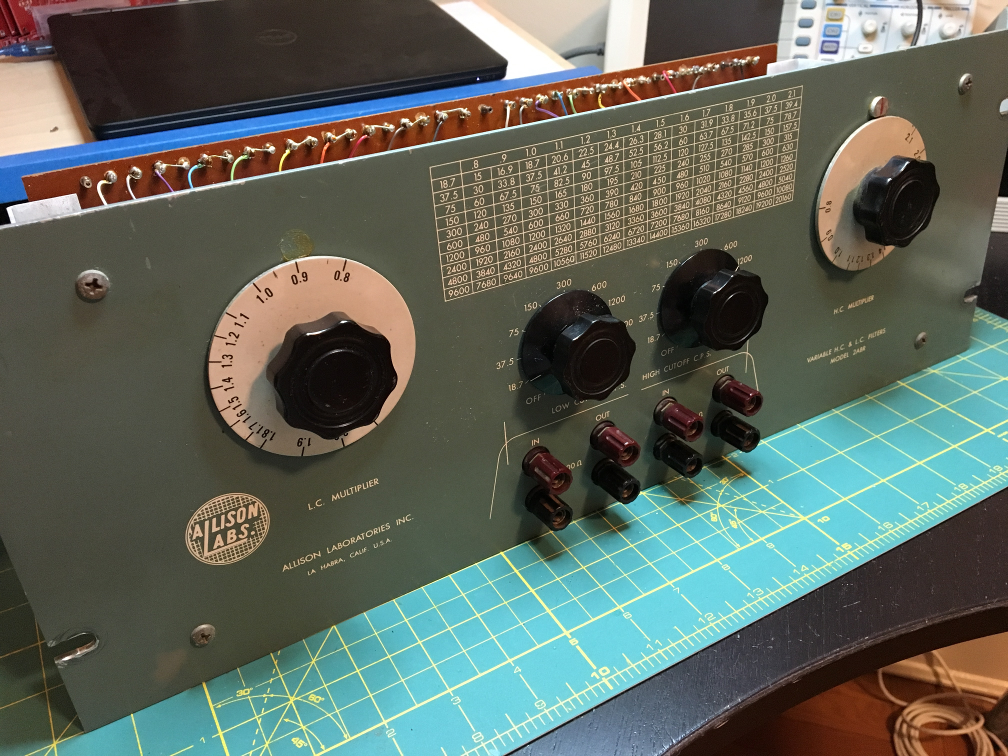

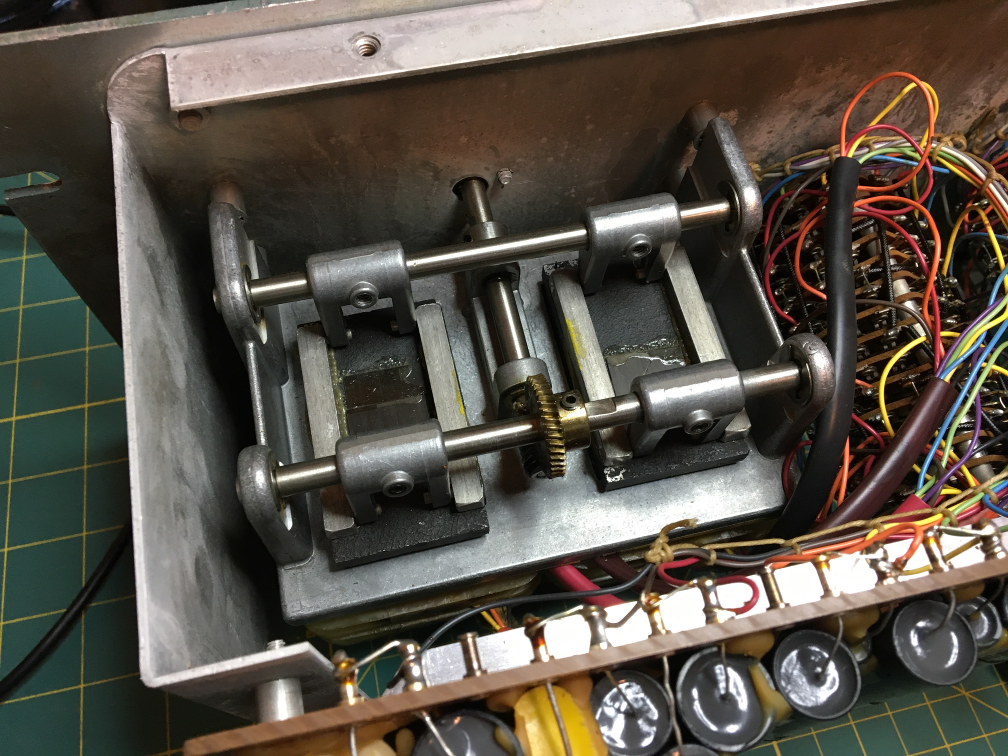
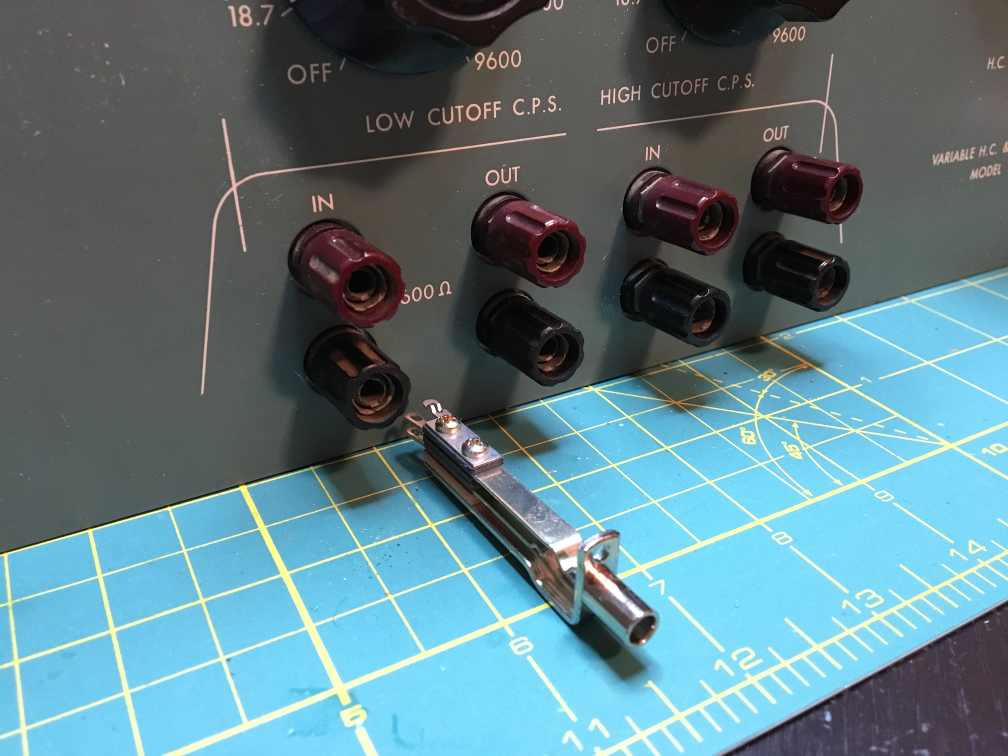
They seem to work fine. They distort a little - 0.87% THD @ 3.8 Vpp 1kHz but even 100 Hz is under 1% as well. I would love to hear them in a track but that's kinda hard without damping and banana jacks.
Would it be considered a sin to install bantam jacks in place of the bananas? I would need to modify the backing panel of the front panel a little.
I was thinking about this circuit (UPDATED):
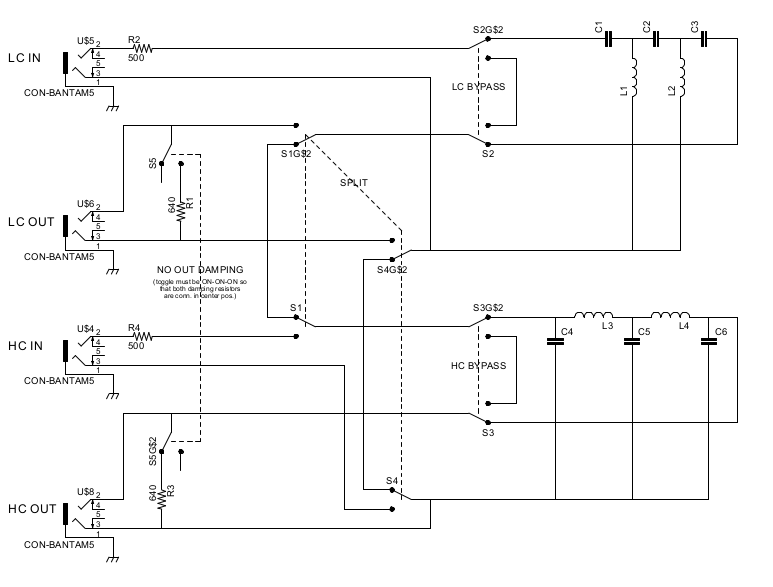
So 4 of the banana jacks would be replaced with bantam jacks by slightly enlarging the holes but then also adding holes with countersinks for the bantam jack screws (to the backing panel - the outer panel would not be modified in any way). The other 4 holes would be pushbuttons and a toggle performing various bypass, circuit splitting and damping functions.
The outer panel holes are ~0.56" so C&K F Series pushbuttons should fit perfectly without modifying the outer panel.
Aside from the obvious connectivity benefits it seems to me the circuit can be driven differentially. Meaning I don't really need transformers. Right?
Also, I would be able to ground the chassis. As is it's not and SNR goes up to 99dB if I ground it.
So does this sound like a good plan?
UPDATE:
I ended up getting some parts machined. No drilling or cutting was necessary:
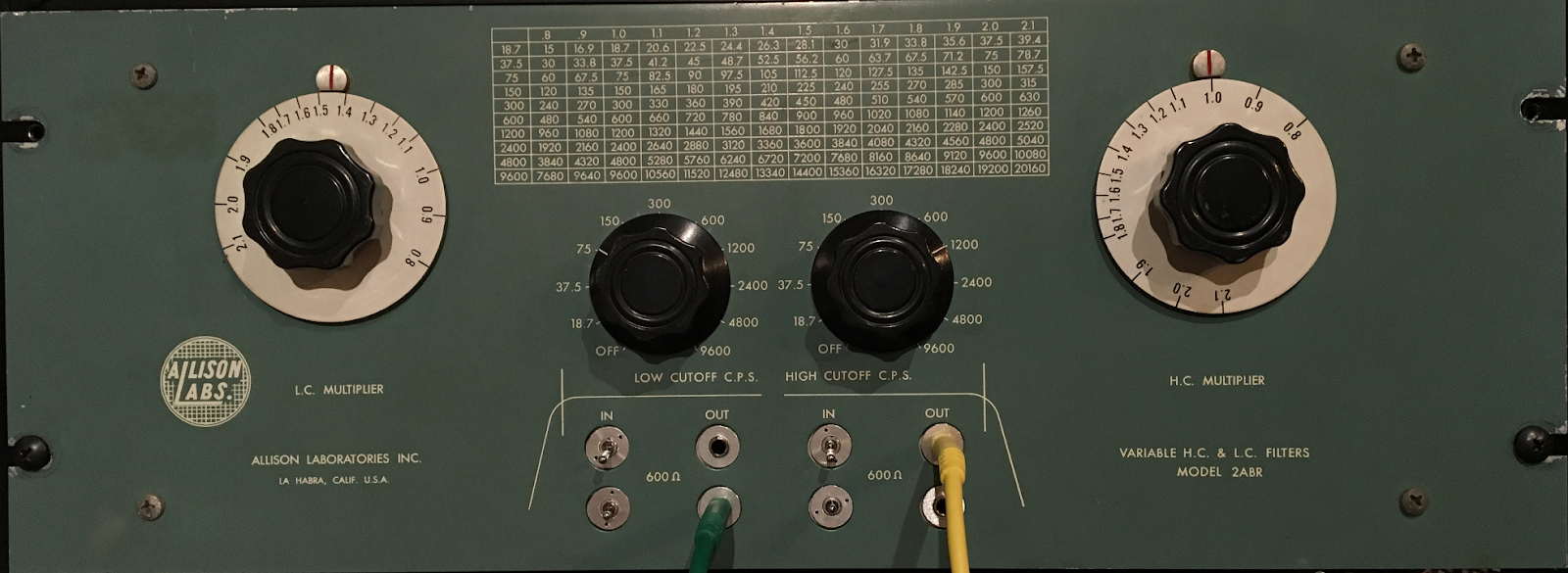
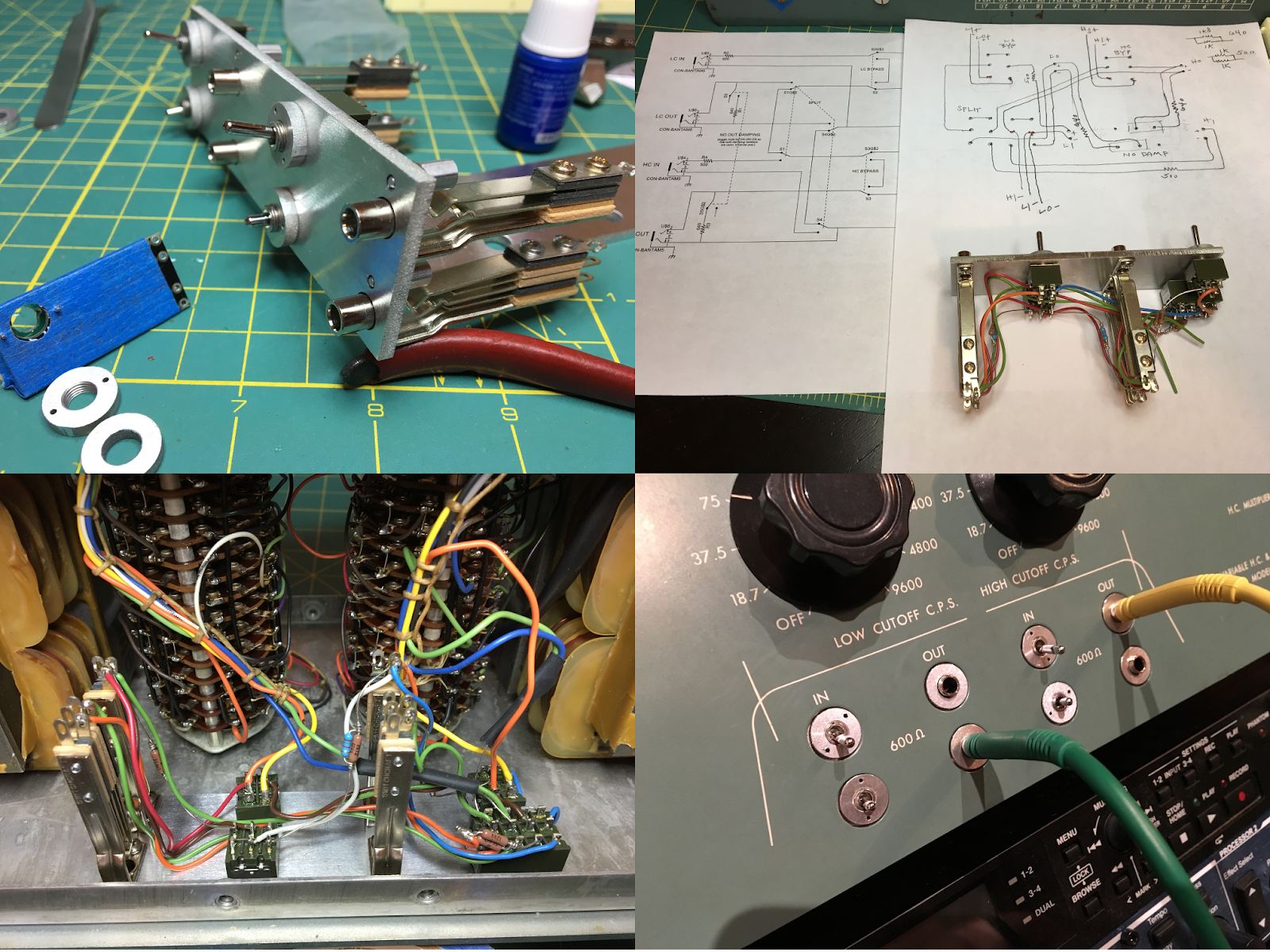
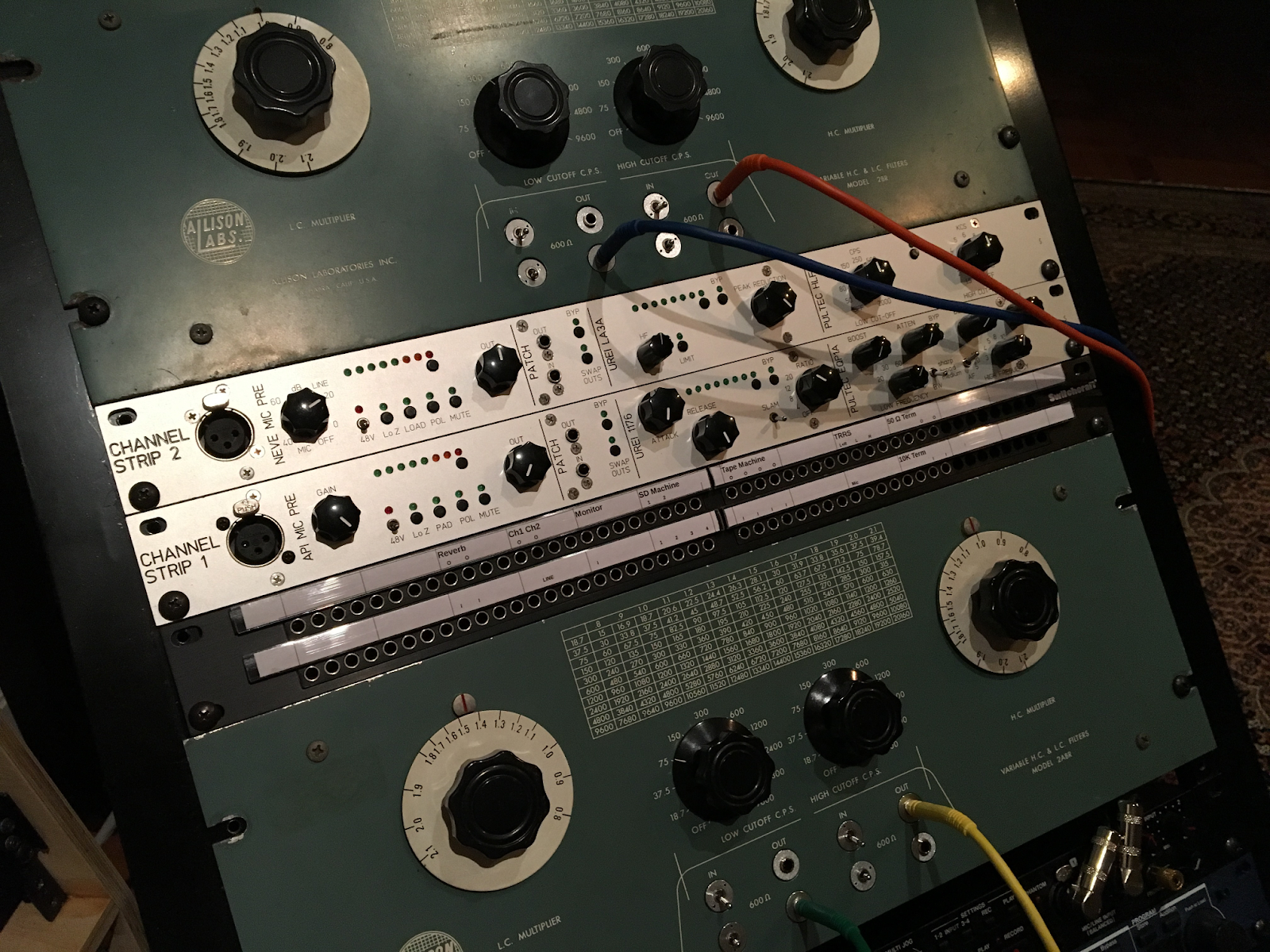




They seem to work fine. They distort a little - 0.87% THD @ 3.8 Vpp 1kHz but even 100 Hz is under 1% as well. I would love to hear them in a track but that's kinda hard without damping and banana jacks.
Would it be considered a sin to install bantam jacks in place of the bananas? I would need to modify the backing panel of the front panel a little.
I was thinking about this circuit (UPDATED):

So 4 of the banana jacks would be replaced with bantam jacks by slightly enlarging the holes but then also adding holes with countersinks for the bantam jack screws (to the backing panel - the outer panel would not be modified in any way). The other 4 holes would be pushbuttons and a toggle performing various bypass, circuit splitting and damping functions.
The outer panel holes are ~0.56" so C&K F Series pushbuttons should fit perfectly without modifying the outer panel.
Aside from the obvious connectivity benefits it seems to me the circuit can be driven differentially. Meaning I don't really need transformers. Right?
Also, I would be able to ground the chassis. As is it's not and SNR goes up to 99dB if I ground it.
So does this sound like a good plan?
UPDATE:
I ended up getting some parts machined. No drilling or cutting was necessary:








